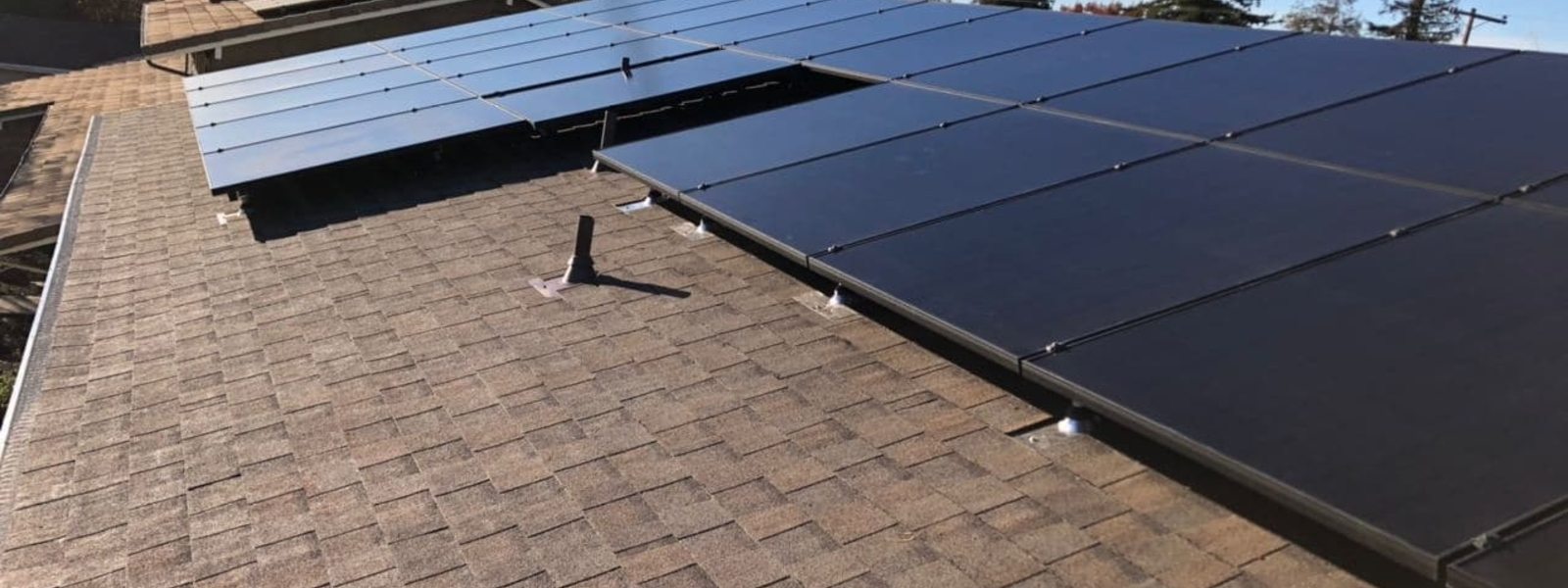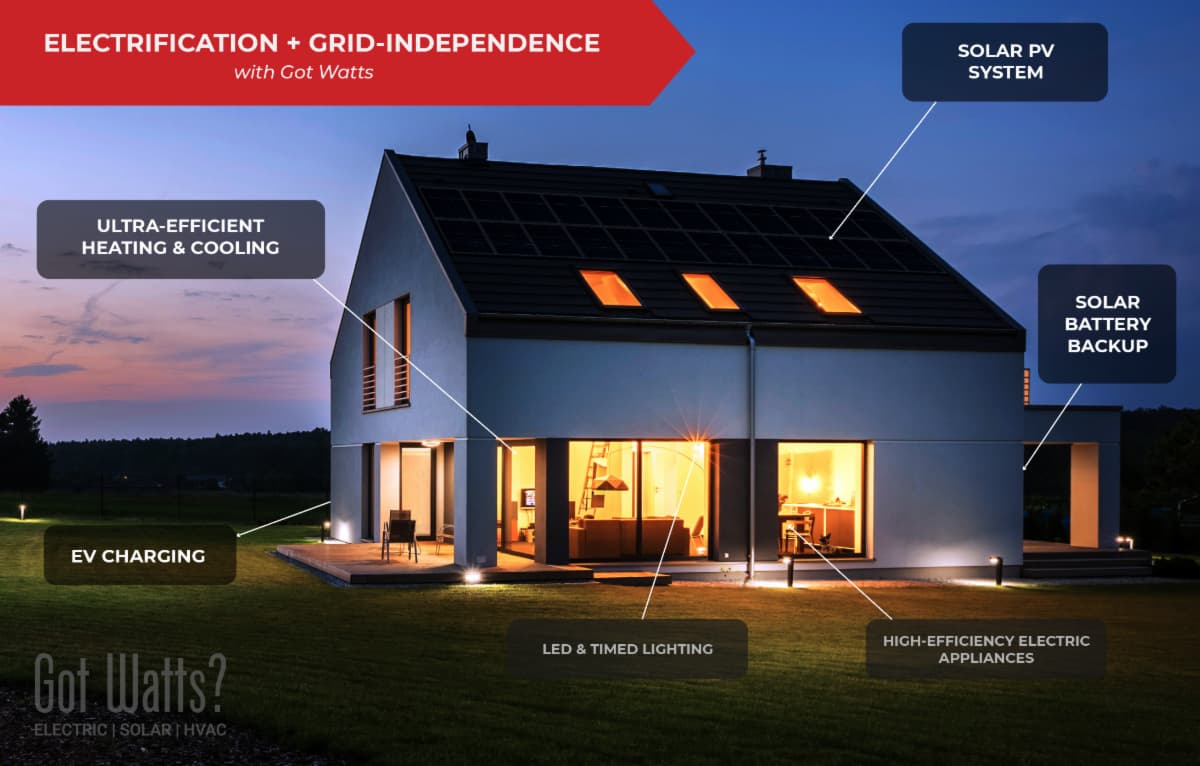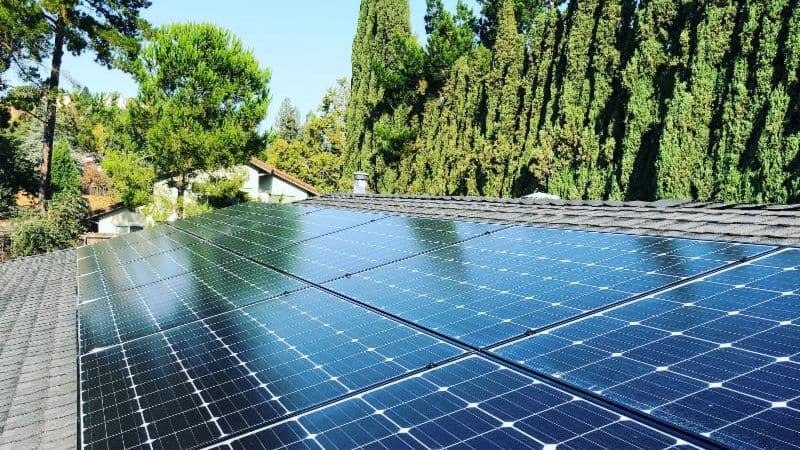
What is NEM-3 and Why It Matters in 2023
Thinking about Solar in 2023? If so, you need to understand the impact of NEM-3 in California. Outlined below is more information to help you better understand key takeaways and deadlines for new solar projects in 2023. If you have questions, contact a Solar Consultant at Got Watts.
What is NEM?
Net metering (NEM) allows customers to get credit from their utility for electricity they “export” to the power grid. When a solar system produces more energy than the building uses, electricity flows onto the power grid and is consumed by neighboring customers. The utility gives a credit to the generating customer for that energy. At the end of the month, the credits are netted against the cost of the electricity that the customer draws from the grid.
Traditionally, net metering (NEM) provided one-for-one credit. Under NEM-1, a kWh exported to the grid was deducted from the kWh total consumed from the grid. A January 2016 decision of the California Public Utilities Commission (CPUC) created NEM-2. The value of export credits under NEM-2 was reduced by about 2.5 ¢/kWh compared with NEM-1, and NEM-2 customers were required to be on time-of-use rates.
When was NEM-3 approved?
On December 15, 2022, The California Public Utilities Commission (CPUC) unanimously passed NEM 3.0, a new net metering policy that will ultimately reduce the monthly energy bill savings for new solar owners.
What changes under NEM-3?
Under NEM 3.0, customers of PG&E, SCE, and SDG&E with solar systems will receive an average of $0.08 cents per kWh for the excess power they push to the grid. This is roughly 75% less than the average export rate of $0.30 per kWh under NEM-2. Investor-Owned Utility customers have until April 14, 2023, to be grandfathered into NEM 2.0 by submitting a complete Interconnection Application for a new solar system.

Key takeaways of NEM-3
-
NEM-3 is not retroactive, so solar systems installed under NEM-1 or NEM-2 will remain under their current policy.
-
Solar owners under NEM-3 will earn around 75% less for the excess electricity they push onto the grid.
-
Lower export rates mean longer payback periods and lower cost savings for solar owners under NEM 3.0.
-
Californians can be grandfathered into NEM-2 by submitting a complete Interconnection Application for their solar system by April 14, 2023. However, with potential delays and backlogs from PG&E, it is strongly encouraged to authorize your application submittal as soon as possible and well before the April 14 deadline.
-
In addition to the complete Interconnection Application and associated disclosures and diagrams, residential customers must also submit a signed contract with their application.
NEM-2 eligibility (Grandfathering)
If you submit a complete Interconnection Application by the end of the day on April 14, 2023, don’t make any material modifications to the application after April 14, and install the system within three years, the system will be on NEM-2 for 20 years. To get your solar project underway, contact a Solar Consultant at Got Watts.
Qualifying for NEM-2
The NEM-3 decision includes a “sunset period” between the December 15, 2022 final approval of the decision and 120 days later on April 14, 2023. NEM-3 does not start until the end of the sunset period. Customers that submit complete Interconnection Applications by April 14 will be NEM-2 customers for the first 20 years of system operation, provided the system passes local building department inspection and utility review. The system can be installed after April 14 if the application is submitted before then and deemed complete by the utility. The system must be installed within three years.
For residential customers: In addition to the complete Interconnection Application and associated disclosures and diagrams, residential customers must submit a signed contract with the application.
After submitting the application, minor adjustments can be made to the equipment being used, but major changes will not be allowed without submitting a new application that would cause NEM-2 eligibility to be lost if it is after the end of the sunset period. Furthermore, system size cannot be increased at all or decreased by more than 20%.
After an application is submitted, there is often some back and forth with the utility to clarify items, and all of those clarifications must be resolved before the application is deemed complete for purposes of qualifying for NEM-2. PG&E can be slow to review applications for completeness, so customers are encouraged to authorize application submittal as soon as possible.

Who is Got Watts?
For over a decade, Got Watts has served the Greater East Bay Area providing high-quality Electrical, Solar and HVAC equipment and services. We are a locally-owned company with employees who live and work in the East Bay Community. We have hundreds of 5-star reviews on Yelp and Google, plus we've been a Diamond Certified Company for seven consecutive years.
Ready to Get Started with Solar?
Contact Got Watts, and our experienced Solar Consultants will walk you through the steps necessary to get a solar project and Interconnection Application underway. If you're serious about solar, do not delay, get your project started NOW to ensure your Interconnection Application is submitted well before the April 14, 2023 deadline.
References:
CALSSA Statement on CPUC’s Vote to Slash Solar Net Metering
Modernizing California’s Net Energy Metering Program (CPUC)
California Cuts Rooftop Solar Net Metering: An Industry Reacts
